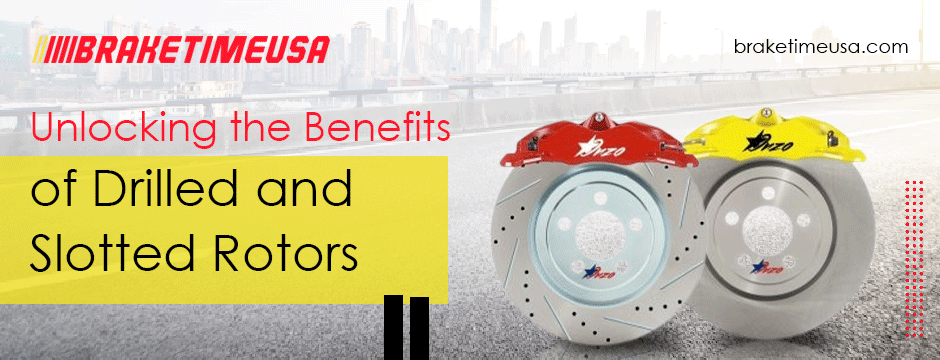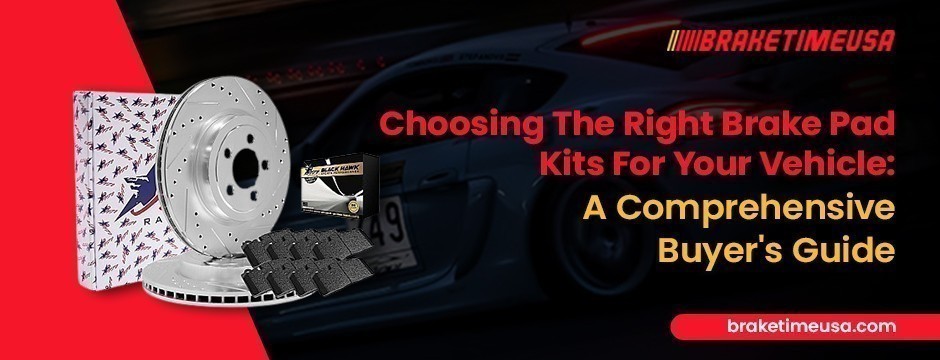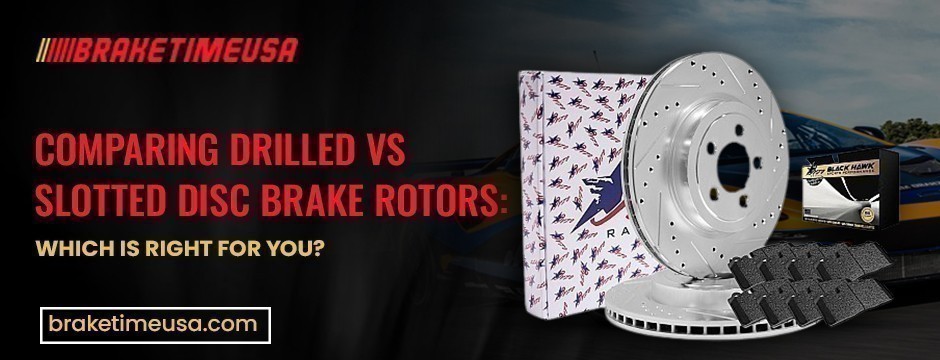Your cart is empty
Subtotal:$0.00
The connection between wheel alignment and braking performance is more intricate than it might seem at first glance. When your vehicle's wheels are not correctly aligned, one tire may have less traction than the other, making it challenging for the brakes to distribute pressure evenly. This issue becomes particularly pronounced in vehicles equipped with Anti-lock Braking Systems (ABS). ABS systems work by modulating brake pressure to prevent wheel lock-up, and when alignment is compromised, ABS might struggle to maintain optimal braking force on each tire.
Proper alignment ensures that equal pressure is applied to each brake, maximizing braking efficiency. As we delve deeper, it becomes apparent that daily driving factors, such as navigating bumpy roads and encountering potholes, can throw your vehicle's alignment off balance. Additionally, worn suspension components can contribute to misalignment, creating a ripple effect on braking performance.

The repercussions of poor alignment extend beyond just braking performance; they also impact the health of brake components. Misalignment results in uneven brake pressure being applied to the wheels, leading to accelerated wear on specific brake pads. One telltale sign of this issue is uneven brake pad wear, which can be identified by measuring the thickness of the brake pads. For those with newer vehicles, brake pad wear sensors can provide a timely alert when it's time to replace the pads, offering an added layer of protection against the negative effects of misalignment.
One of the primary indicators of poor alignment is uneven tire wear. If you notice that your tires exhibit uneven tread patterns, it could be a clear sign that your vehicle's alignment needs attention. Regularly inspecting your tires for wear patterns can serve as an early warning system, allowing you to address alignment issues before they compromise your braking performance.
Another noticeable sign of misalignment is a crooked steering wheel when driving straight. If you find yourself constantly adjusting the steering wheel to keep the vehicle on a straight path, it's likely that your alignment is off. Ignoring this symptom not only affects your vehicle's handling but can also contribute to uneven brake wear, ultimately impacting braking performance.
A subtle yet crucial sign of poor alignment is the tendency of your vehicle to drift left or right when you let go of the steering wheel on a flat road. This phenomenon indicates an imbalance in the forces acting on your vehicle, leading to compromised stability and reduced braking efficiency. Addressing misalignment promptly can restore proper steering dynamics and maintain optimal braking performance.
Understanding the signs of poor wheel alignment is instrumental in timely intervention and maintenance. Keep an eye out for the following indicators:
Uneven Tire Wear: If your tires exhibit uneven wear patterns, poor alignment could be the culprit.
Crooked Steering Wheel: A misaligned vehicle often necessitates holding the steering wheel at an angle to maintain a straight trajectory.
Steering Drift: Letting go of the steering wheel on a flat road may reveal a tendency for the car to drift left or right, signaling potential misalignment issues.
Understanding the relationship between wheel alignment and braking performance is fundamental to appreciating the importance of timely alignment checks. When your vehicle's wheels are not properly aligned, the even distribution of braking force becomes compromised. This can lead to uneven wear on brake components, reduced braking efficiency, and potentially unsafe driving conditions.
Proactive maintenance, in the context of wheel alignment, involves regular checks and adjustments to ensure that your vehicle's wheels are correctly aligned. This becomes especially crucial after encounters with rough terrain or significant suspension component replacements, as these factors can throw off the alignment and set the stage for a cascade of issues.
Driving on rough terrain, encountering potholes, or navigating uneven surfaces can easily disrupt the delicate balance of your vehicle's wheel alignment. Even minor misalignments can gradually escalate, impacting not only the wear and tear on your tires but also the effectiveness of your braking system. By scheduling alignment checks after such encounters, you nip potential issues in the bud, preventing them from snowballing into more significant problems.
Whenever you replace suspension components, it's crucial to consider the impact on wheel alignment. Even routine replacements can cause subtle shifts in alignment settings. Neglecting to realign your wheels after such replacements can lead to irregular tire wear, compromised steering, and, most importantly, decreased braking performance. Proactive alignment checks in these instances act as a preemptive measure, ensuring that your vehicle maintains optimal performance across the board.
The primary goal of proper wheel alignment, in the context of braking performance, is to ensure that braking force is evenly distributed across all tires. This not only maximizes the effectiveness of your brakes but also contributes to a more stable and controlled driving experience. In emergency situations, the ability to rely on a well-aligned braking system can make a crucial difference in avoiding accidents.
Maintaining proper wheel alignment goes beyond the braking system; it directly affects the overall stability and control of your vehicle. A well-aligned vehicle responds predictably to steering inputs, reducing the likelihood of sudden swerves or drifting. This enhanced stability is especially important when navigating challenging road conditions or sudden obstacles.
Timely alignment checks play a pivotal role in ensuring even wear on your brake components. When your wheels are correctly aligned, each tire receives an equal share of the braking force, preventing uneven wear on brake pads and rotors. This even distribution translates to an extended lifespan for your braking system, saving you from premature replacements and associated costs.
Investing in regular alignment checks is a cost-effective strategy in the long run. By addressing alignment issues promptly, you prevent the need for more extensive repairs and replacements down the line. This proactive approach not only preserves your braking system but also contributes to the overall longevity of your vehicle.
In the intricate dance of automotive components, the synergy between proper alignment and braking performance is undeniable. As we navigate the roads, the daily wear and tear on our vehicles can gradually lead to misalignment, impacting not only tire wear and steering but also the effectiveness of our brakes. By recognizing the signs of poor alignment and addressing them in a timely manner, drivers can ensure that their vehicles remain safe, stable, and responsive on the road. In this holistic approach to vehicle maintenance, the often-overlooked aspect of wheel alignment takes center stage, contributing significantly to overall driving safety and enjoyment.
To find out more, visit us at Mar 27, 2024Unlocking the Benefits of Drilled and Slotted Rotors
Mar 27, 2024Unlocking the Benefits of Drilled and Slotted Rotors Mar 22, 2024Choosing The Right Brake Pad Kits For Your Vehicle: A Comprehensive Buyer's Guide
Mar 22, 2024Choosing The Right Brake Pad Kits For Your Vehicle: A Comprehensive Buyer's Guide Mar 18, 2024Exploring Different Types of Rear Brake Rotors
Mar 18, 2024Exploring Different Types of Rear Brake Rotors Mar 6, 2024Comparing Drilled vs. Slotted Disc Brake Rotors: Which Is Right for You?
Mar 6, 2024Comparing Drilled vs. Slotted Disc Brake Rotors: Which Is Right for You?
 Feb 5, 2024Comprehensive Guide on How To Check Brake Pads and Rotors for Optimal Maintenance
Feb 5, 2024Comprehensive Guide on How To Check Brake Pads and Rotors for Optimal Maintenance© 2023 - 2024 Braketimeusa. All rights reserved.
